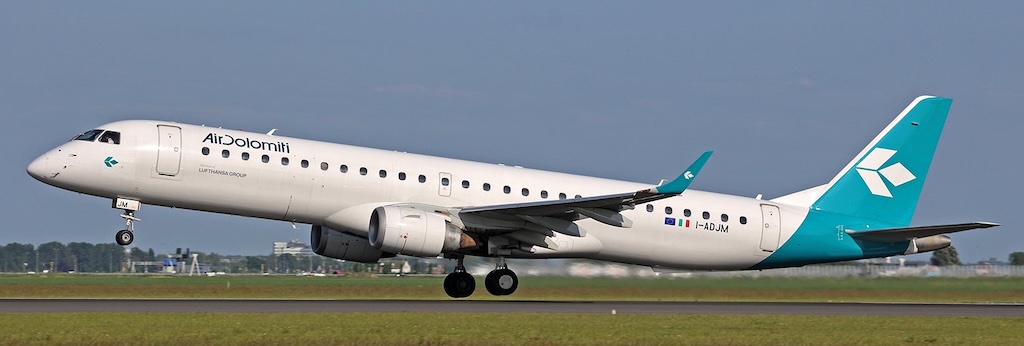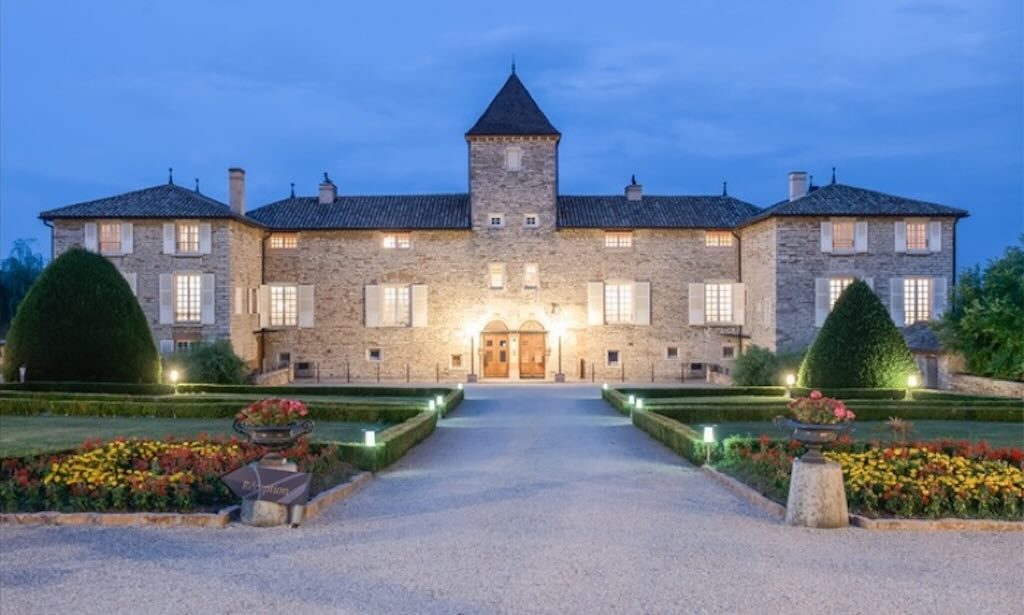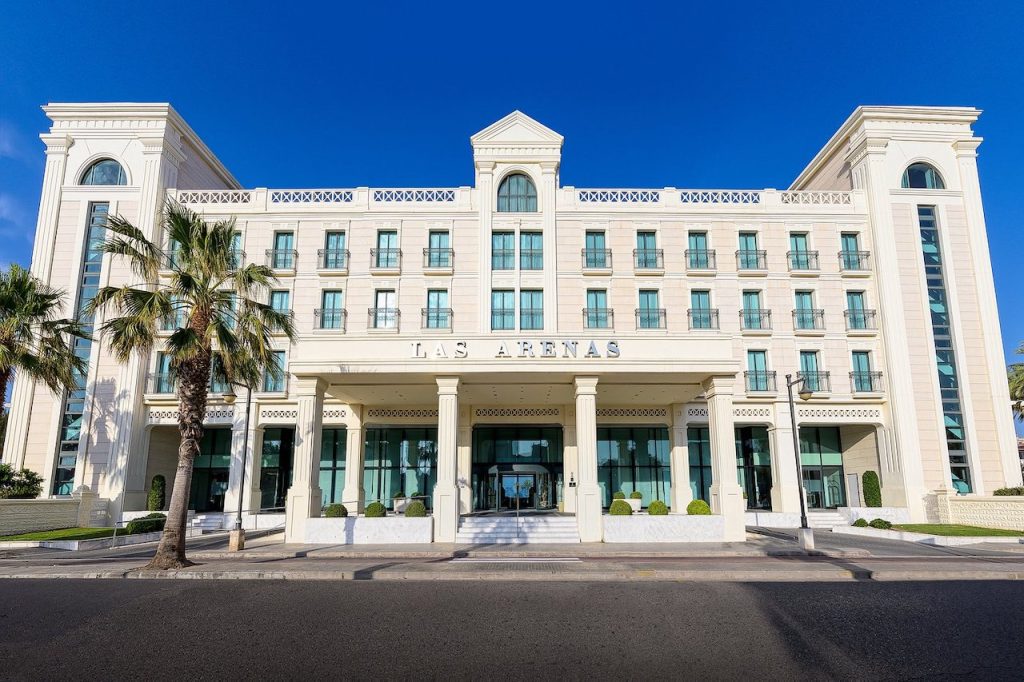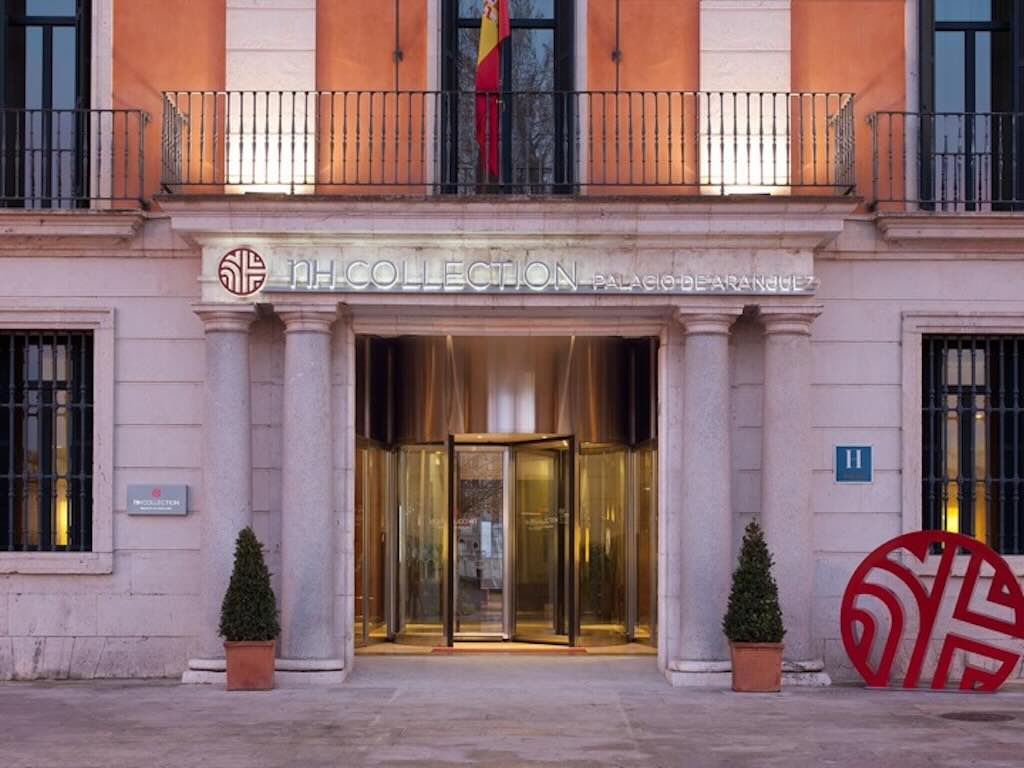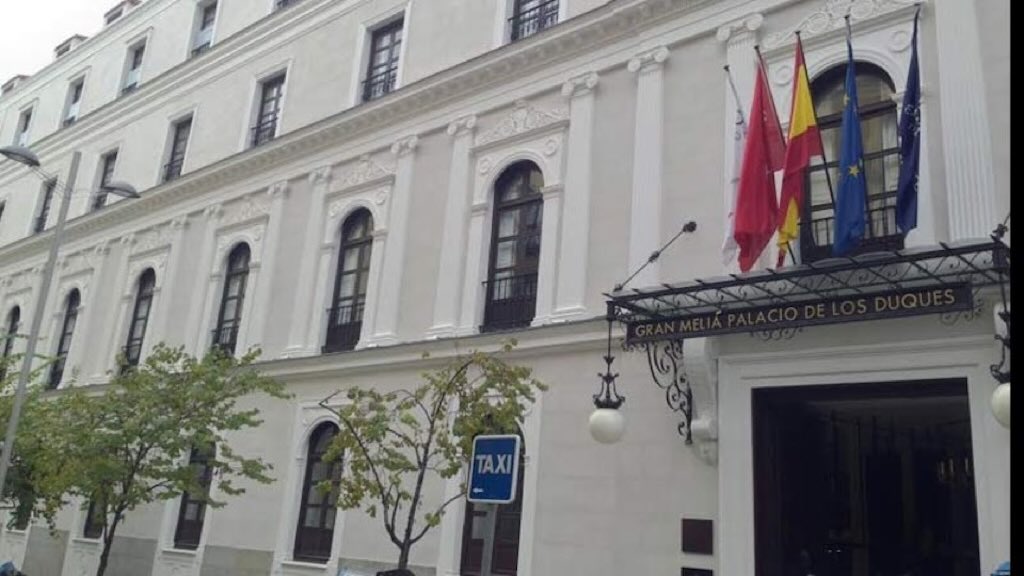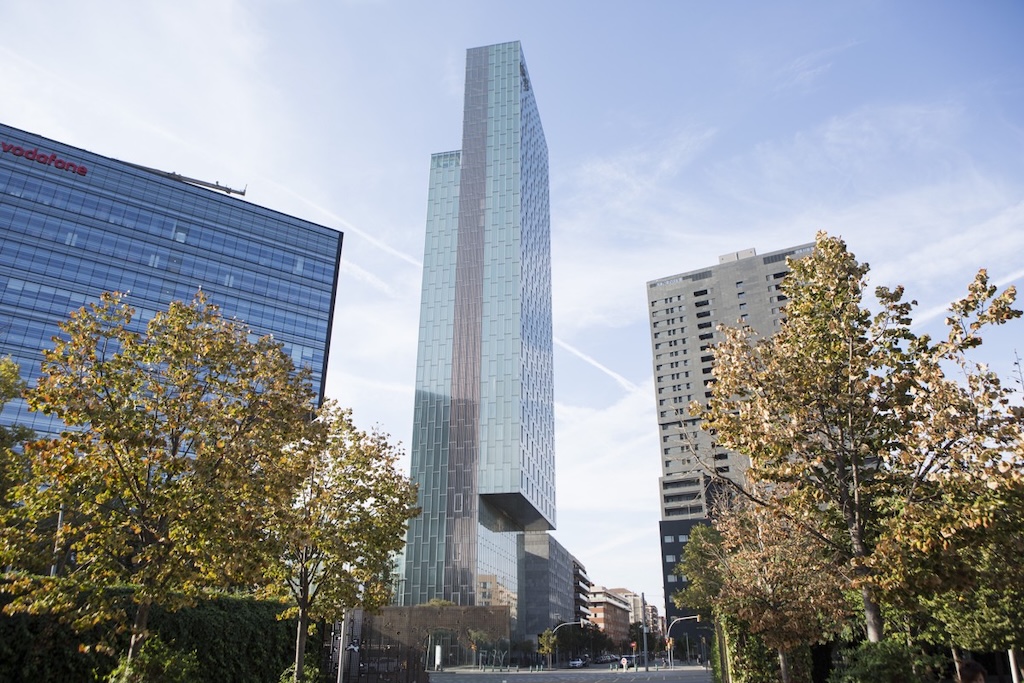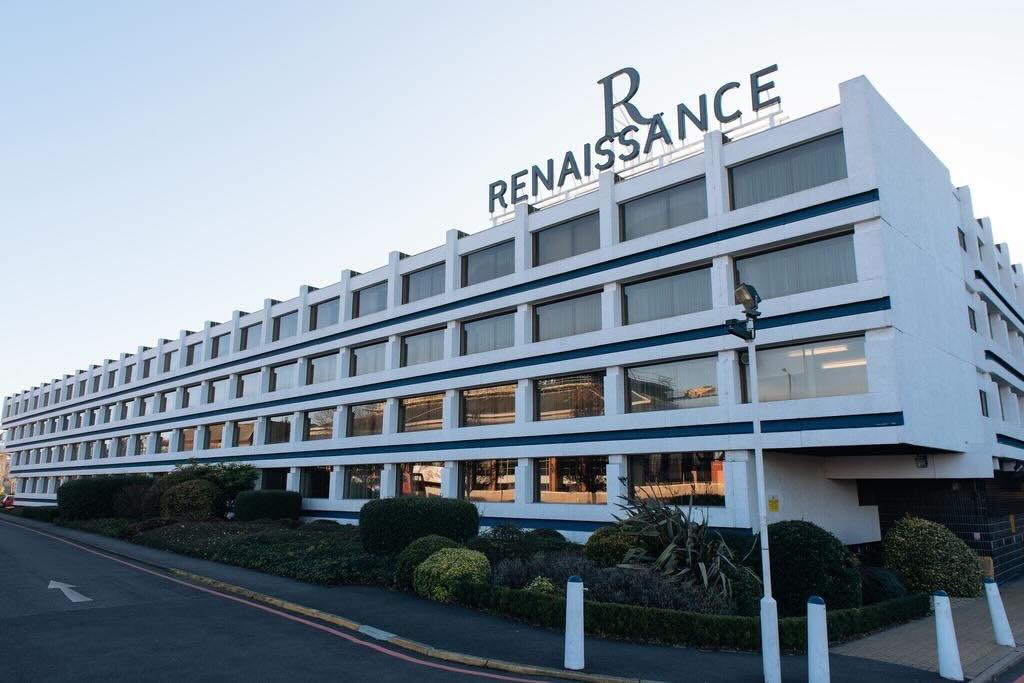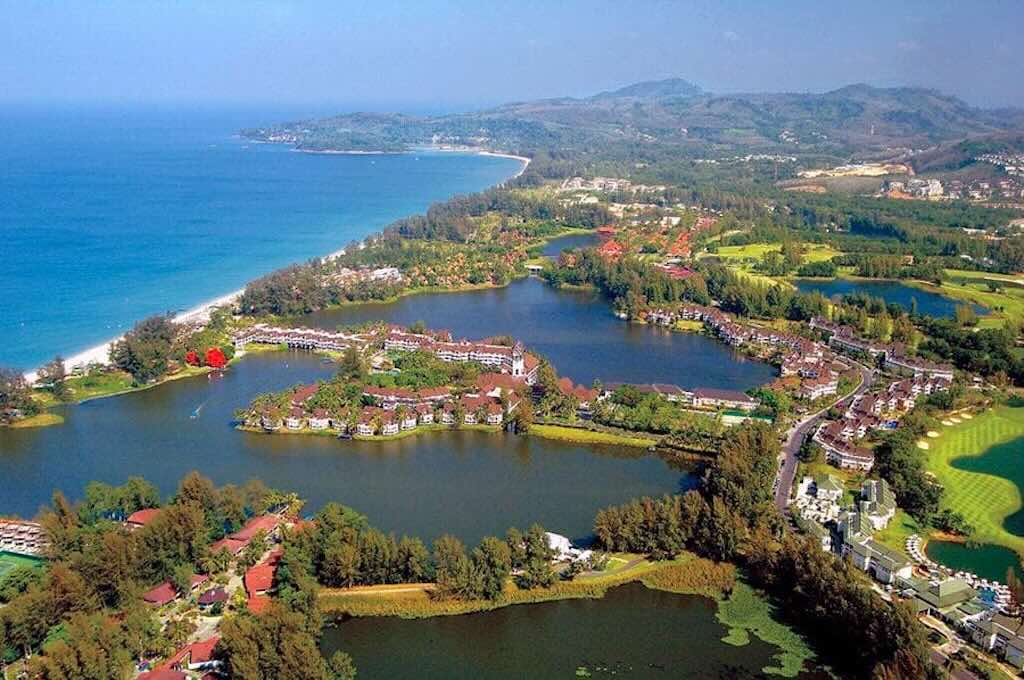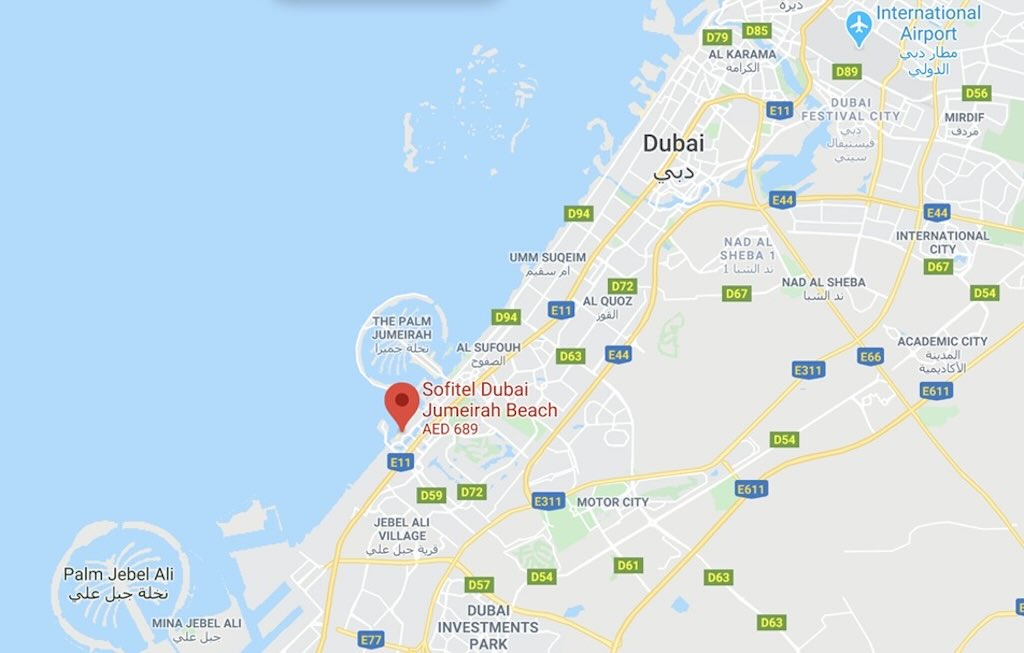My beloved wife passed away at 17:00 on 23 December 2023, and so I flew alone this short hop from my home base to Frankfurt and back, to catch a flight to Buenos Aires.
I had flown earlier versions of Embraer aircraft, but in late 2024 it would be my first flight on an E195.
Before looking at the route, aircraft used, comfort, etc. It’s important to point out one essential fact. This business class round trip to Frankfurt impacted positively on the cost of my entire return trip to Buenos Aires. Had I decided to only take a return business class ticket Frankfurt-Buenos Aires-Frankfurt, it would have cost more. And I would have had to drive to Frankfurt and back, and pay parking for 25 days.
In some ways it was like Lufthansa paying me to use this aircraft. And the difference was non-negligible, about €300, plus the saving in petrol and parking.
Late on this post I’ll mention another return trip on a E195, again to Frankfurt, in June-July 2025.
The route
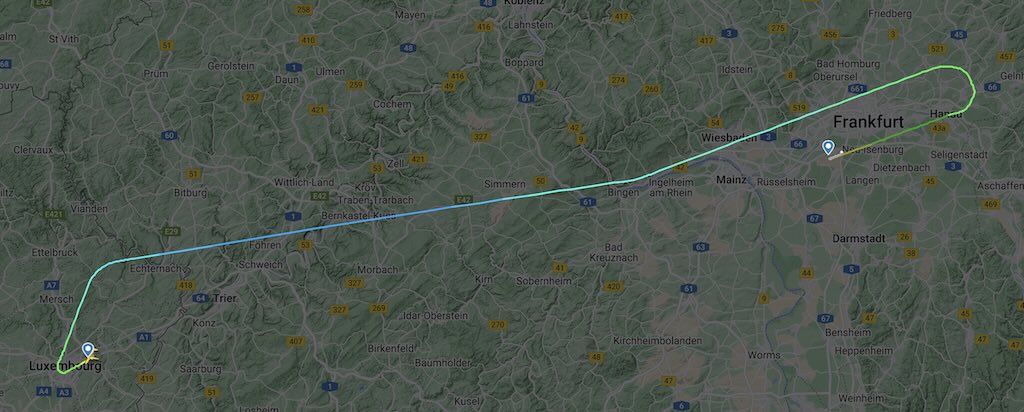
My aircraft was a Embraer E195LR (Type Code E195), model 3003AD, registered I-ADJM.
It had flowing in to my home airport Luxembourg from Frankfurt as EN 8754, and before that had flown, on the same day, Bologna-Frankfurt-Florence-Frankfurt, and then to Luxembourg. After my flight to Frankfurt, it would fly a last leg back to Florence. So its round trip started in Bologna at 06:47 and ended in Florence the next morning at 0:57 (later it left Florence for Munich at 07:07).
Over the last 7 days this aircraft had visited Innsbruck, Graz, Florence, Turin, Milan, Verona, Munich, Ancona, Geneva, Venice, and Frankfurt, some places several times.
The flight between Luxembourg and Frankfurt usually takes about 32-35 minutes. This time it took-off over the city of Luxembourg, flew more or less straight over Wiesbaden, past Frankfurt, then circled back to Frankfurt airport passing over Hanau and Offenbach.
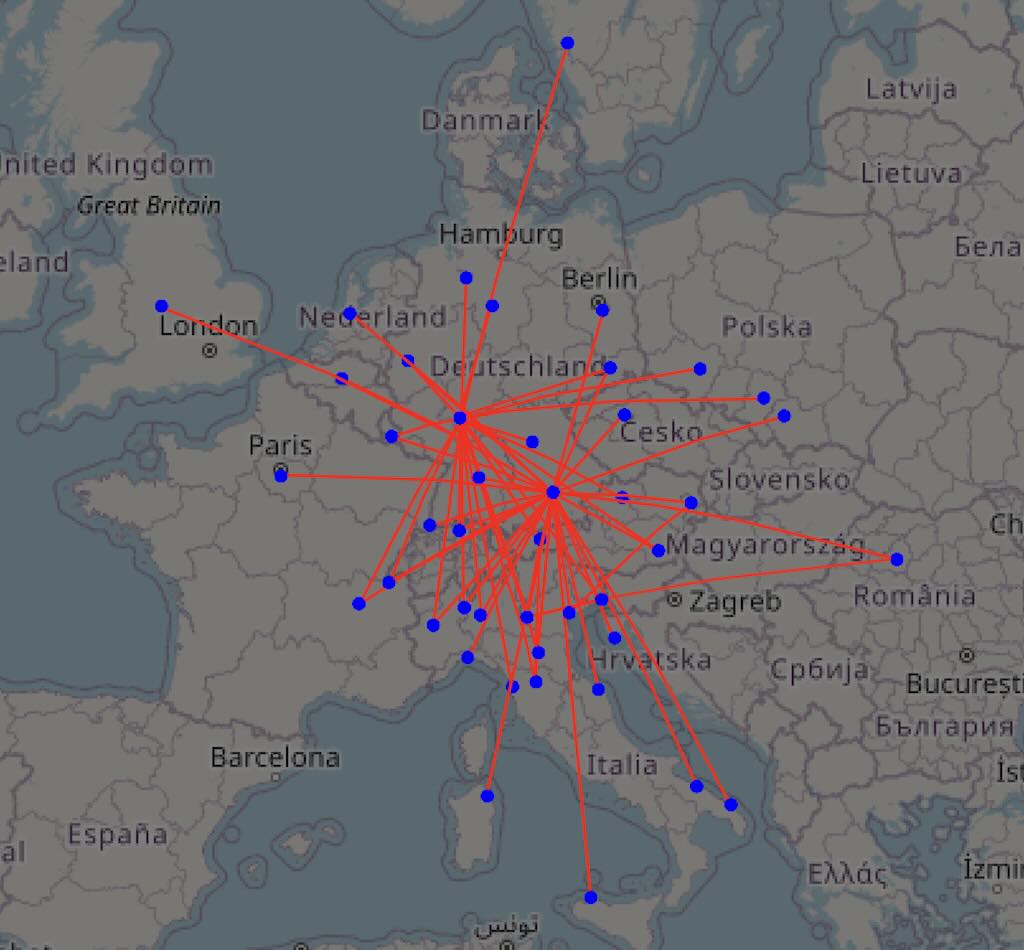
Above we have a map of the routes flown by I-ADJM. In one year it made 2037 flights (5.6 per day), and covering nearly 1 million kilometres (most frequently to and from Munich followed by Frankfurt). It was delayed 36% of the time, with an average delay of 50 minutes, and an average turnaround time of 73 minutes.
The aircraft
I-ADJM is an example of the Embraer 190/195 (model ERJ 190-200LR, type E195, type description L2J), and this particular aircraft was delivered new to Air Dolomiti on 4 March 2009, making it more than 15 years old (in 2024).
Air Dolomiti was founded in late 1989 as an Italian regional airline, and in 2003 was taken over by Lufthansa.
This aircraft was built in São José dos Campos, in the state of São Paulo, Brazil. We tend to forget that Embraer is the third largest producer of civil aircraft worldwide after Boeing and Airbus. The name derives from Empresa Brasileira de Aeronáutica.
Embraer was created as a Brazilian state-owned company in the late 1960s, and was privatised in the mid-1990s. In very simple terms Embraer, along with the Canadian Bombardier, were a duopoly in the smaller narrow-body aircraft market (between 70 to 120 passengers), whilst Airbus and Boeing were also active in that same market place. But Airbus and Boeing were also a separate duopoly in the wide-body aircraft market employed in transoceanic flights. So there was some overlap in the narrow-body market (which was very regional in nature), but there was no real direct competition between the duopolies because they acted in different segments of the global market.
However, in 2017, Boeing, based on the WTO’s agreements on antidumping and subsidies, challenged a huge sale of Bombardier’s new aircraft (C-Series now called the A220) to a US air transport company. This dispute triggered a cycle of consolidation in the sector, which eventually led to the acquisitions of the C-Series program by Airbus and of an Embraer’s majority stake by Boeing.
Even before these changes, there had been considerable consolidation with companies producing pieces and systems which are then assembled into the final aircrafts. Original equipment manufactures (OEMs) had already started to reduce the number of suppliers they used, and had put in place a business model of “risk-sharing” (i.e. first-tier suppliers looking to share the costs of conception and production of components, subsystems, etc. with second-tier and third-tier suppliers). One distinctive feature of Embraer and Bombardier was that some of their first-tier suppliers were in fact firms than were larger than the aircraft manufacturers themselves (this was not the case for either Boeing and Airbus). And this was equally true for their customers, many of which were also larger than either Embraer and Bombardier. However, over time, the “balance of power” had shifted to the disadvantage of Embraer and Bombardier, and the subsidies they received increasingly came under attack.
In 1999, Embraer correctly forecasted that the market was moving toward larger regional jets and it was the first company to move to the category of 100–120 seats, where it competed with the older Airbus 318 and Boeing 717. The new aircraft family was developed and produced through 16 risk-sharing partnerships and 22 first-tier suppliers, some of them bigger than Embraer itself.
In 2016 Embraer had a turnover in excess of $6 billion, employed around 18,000 people, and had an order book of more than $19 billion. But when Bombardier was acquired by Airbus, Embraer found itself with a much more powerful competitor in the regional jet market. So it was not surprising that a merger or acquisition of Embraer by Boeing came on the table. In 2018 it was decided to create a new company exclusively dedicated to producing commercial jets, in which Boeing holds 80% of the shares and Embraer the remaining 20%, and with the Brazilian government holding a “golden-share“.
The Embraer E-Jet family is a series of four-abreast, narrow-body, short- to medium-range, twin-engined jet airliners designed to carry between 66 and 124 passengers. So it was larger than any prior aircraft built by the company. It started in early March 2004 with the first E170 deliveries, and the larger versions of the aircraft, the E190 and E195, debuted later in 2004. The first delivery was for the E190(-100) to JetBlue. Even before the first aircraft was delivered, Embraer announced an additional variant in 2005. The 190 AR (Advanced Range) had a higher maximum permissible take-off and landing weight and thus a range of up to 300 nautical miles longer thanks to structural reinforcements of the fuselage and changes to the wings. The Embraer 190 has space for 98 passengers in two-class seating, and up to 118 in a tighter all-economy seating.
The E195 (actually a E190-200) is just the stretched version of the Embraer 190-100. An additional fuselage segment was added in front of and behind the wings. Even before the first aircraft was delivered, Embraer also announced the version 195 AR (Advanced Range). The E195 has space for 108 passengers in two-class seating, and up to 126 in a narrower all-economy seating arrangement. Deutsche Lufthansa AG received five of the E195 with seating for 116 passengers for its wholly owned subsidiary Air Dolomiti in 2009.
A slightly stretched version of the E170 was also introduced in mid-2005 as the E175. During the 2010s, Embraer developed a second generation, the E-Jet E2 family, with more fuel-efficient engines.
We often see a mention of 190/195 and the model ERJ 190-200LR, but the reality is that the various models of ERJ 190-200 are in fact referred to as E195 or “Embraer 195” in Embraer marketing literature, but its just a marketing designation and is not part of the official model designation.
The only visible difference between the E190 and E195, is that the E195 is 2.42 m longer, but has the same height, wing span, engines, etc. However the difference does impact the different aircrafts weight, etc., and thus their flying characteristics.
The type description L2J just means a landplane (L), with two (2) jet (J) engines (check out Aircraft Type Designators).
The difference in length between the E190 and E195 translates into an additional 10 seats, however every carrier will have a variety of different seating plans available. I think the one used on this flight was 8 business seats, and 104 economy seats, all seats with the same width (18.25″) and pitch (32″). Comments mentioned the lack of in-flight entertainment, but stressed the comfortable leg room.
You often also see the E195 coded as Y122 (or CY122), i.e. meaning just 122 economy seats. In fact one source mentioned that this aircraft had been reconfigured as CY122 between February 2019 and sometime in 2022. It also mentioned that before February 2019 it had been configured as CY116 and named “Madama Butterfly di Giacomo Puccini”. The seat code of Y122 (or CY122) just means that the aircraft is authorised to carry up to 122 passengers, which inevitably will be in an all-economy configuration.
What does business class mean?
On this flight business class started in the airport, with priority check-in and passport and security checks, etc. It continued with business class lounge access.
Boarding was by priority, and business class boarded first with priority 1-2. In this case it just meant being first to walk to the aircraft. This had its advantages because one is first to board, first to put things in the overhead locker, and first to get seated.
Business class in this case also meant having the neighbouring seat blocked.
And for business class passengers there was a sandwich triangle, a bottle of water, and a single biscuit, already sitting on the tray of the spare neighbouring seat.
In-flight
After the safety demonstration, and fighting to open the sandwich triangle, there was not much time for anything else. In fact the cabin crew came round offering coffee, and another one of those little biscuits. Almost everyone took coffee.
Opening the sandwich triangle was a waste of time, because the sandwiches were not worth the effort.
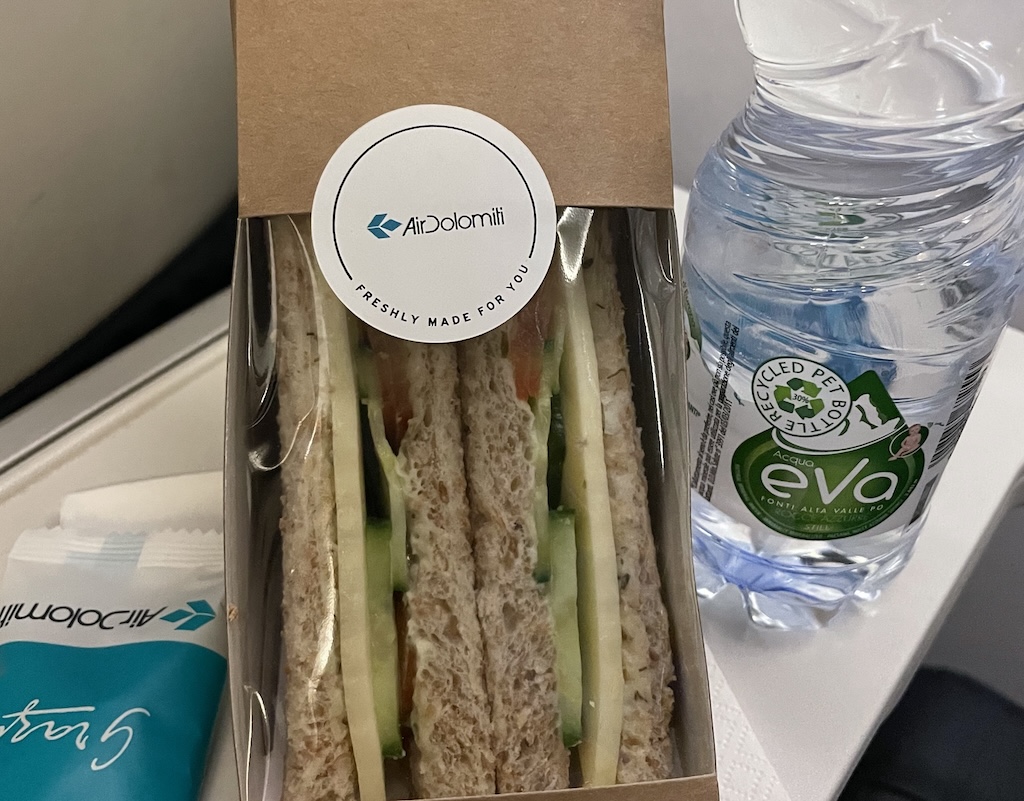
Disembarking
Being in business class we were lucky to disembark first, but we still had to take a bus to Terminal B. This was not inconvenient since my connecting flight was from Terminal B, and there was a Lufthansa Business Lounge nearby.
Return flight from Frankfurt
My return flight was perfectly normal. The only really nice feature was that, as a First Class passenger from Buenos Aires, I had a Porsche to drive me from the first Class lounge to the aircraft, and I could embark before everyone arrived in the bus.
Return flight in June-July 2025
In late June 2025 I flew again Luxembourg-Frankfurt on another Air Dolomiti Embraer E195. It was again Business Class, so it was again with a typically economy class 2-2 layout, but business class is a standard economy seats with a blocked adjacent seat and extra legroom (seat pitch 86–96 cm vs ~78 cm in economy).
I also had the option of a business class sandwich triangle, which I decided to pass on.
This time the aircraft was I-ADJX. It first flew in August 2009 with the German registration D‑AEMD (Augsburg Airways, a regional partner of Lufthansa). It was then registered I-ADJX in November 10, 2013, but under Lufthansa Group, and was only transferred to Air Dolomiti in April 2019. As with other Air Dolomiti flights this aircraft had frown 2,058 flights in 2024, for a total of over 1 million km (that’s an average of ~5.6 flights/day).
As a comparison, in Frankfurt I connected to an Airbus A321 D‑AIDD (“Wilhelmshaven”), flying to Helsinki. This aircraft, delivered to Lufthansa in 2011, flew in 2024 around 0.5 million km on short- and medium-haul European routes (possibly 3-4 sectors/day).
on this flight the aircraft was not particularly crowded, and we were only four in the eight business class seats.
However, I was disappointed with the airport.
Let’s look at the whole trip from home to boarding. I took a Uber in Luxembourg, but it is in reality WebTaxi, a local taxi company. Th trip was ~13 km and cost €50, as compared to the trip in Helsinki that was ~20 km and cost €35 with Bolt.
Check-in was not that impressive (at around 09:00 on a Sunday). I had checked-in online and there was a business class desk, but it still took more than 5 minutes to drop-off my suitcase. I had priority to pass through passport and security check, and it was rapid. Lounge access was good, because (this time) it was not crowded. As usual, what wa on offer wasn’t bad, but was a bit limited.
At the gate, again I had priority boarding, but… This just meant that I was at the front of a queue to wait to walk over to board. And that meant waiting until everyone had gone through ID and boarding card check, and everyone was queued up behind me. Yes I was one of the first on (my seat was 1C), but it still meant standing and waiting for 20+ minutes.
On top of that, this was in mid-summer, during a heat wave, and the air-conditioning was not doing it job (it was much better in Frankfurt Airport).
